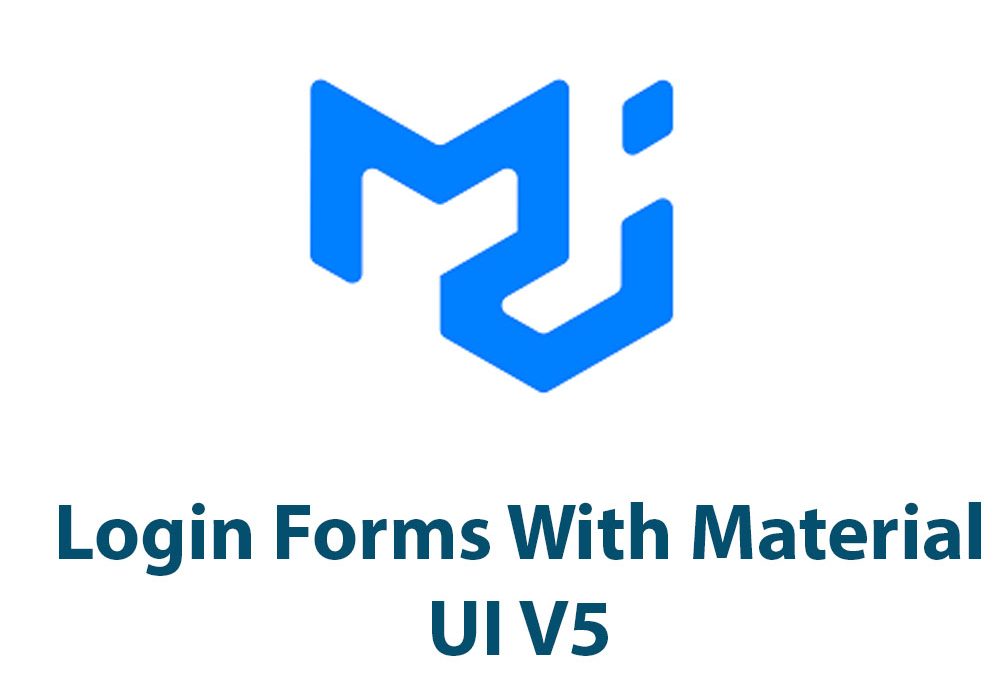Introduction
As a web developer, I’m always on the lookout for efficient ways to create stunning user interfaces. That’s why I’m excited to explore Material UI V5, a library of React components that make it easy to build beautiful web apps. And in this article, I’m going to focus on one essential element of any web app: the login form.
Login forms are the first point of interaction your users have with your website, and they’re critical in terms of usability and security. Material UI V5 makes it easy to build fantastic login forms that stand out and are easy to use. Let’s dive in!
Setting up Material UI V5
Let’s get started by installing the Material UI V5 package. We can do this by running the following command in our terminal.
npm install @mui/material@next @emotion/react @emotion/styledThis command installs the latest version of Material UI V5 along with Emotion for styling. We also need to import the Material UI components we’ll be using in our login form, so let’s do that in our React component file.
import {Box, Button, TextField, Typography} from '@mui/material';Great! Now we’re ready to start building our login form.
Basic structure of a login form with Material UI V5
We’re going to build a basic login form using Material UI V5. In this form, we’ll have two input fields: one for the user’s email and another for the password. We’ll also add a submit button that will trigger a function to validate the form.
Here’s the code for the basic structure of the login form using Material UI V5:
const LoginForm = () => {
return (
<Box
sx={{
display: 'flex',
flexDirection: 'column',
alignItems: 'center',
mt: 8,
}}
>
<Typography component="h1" variant="h5">
Sign in
</Typography>
<Box component="form" noValidate sx={{ mt: 1 }}>
<TextField
margin="normal"
required
fullWidth
id="email"
label="Email Address"
name="email"
autoComplete="email"
autoFocus
/>
<TextField
margin="normal"
required
fullWidth
name="password"
label="Password"
type="password"
id="password"
autoComplete="current-password"
/>
<Button
type="submit"
fullWidth
variant="contained"
sx={{ mt: 3, mb: 2 }}
>
Sign In
</Button>
</Box>
</Box>
);
};As you can see, we have used several Material UI components, including Typography, Box, TextField, and Button. We’ve also added some custom styling using the sx prop. The sx prop is a shorthand for applying style properties to the component.
Customization of login form with Material UI V5
Now that we have the basic structure of our login form, let’s customize it a bit. Material UI V5 comes with theming options, which make it easy to apply a consistent color scheme and typography to our app.
Here’s an example of how you can create a custom theme and apply it to the login form.
import {createTheme, ThemeProvider} from '@mui/material/styles';
const theme = createTheme({
palette: {
primary: {
main: '#2196f3',
},
secondary: {
main: '#f50057',
},
},
typography: {
fontFamily: ['Open Sans', 'sans-serif'].join(','),
h5: {
fontWeight: 600,
fontSize: '1.5rem',
},
},
});
const LoginForm = () => {
return (
<ThemeProvider theme={theme}>
{/* form code */}
</ThemeProvider>
);
};In this example, we’ve created a custom theme with a primary color of #2196f3 and a secondary color of #f50057. We’ve also set the typography to use the Open Sans font and made the h5 component bold and increased the font size.
Adding advanced styling techniques to login form with Material UI V5
Now that we’ve applied a custom theme to our login form, let’s take it a step further by adding some more advanced styling techniques.
We’re going to add a background image to our login form and center the form itself. We’ll also add some custom styles to the text input fields to style them when they’re focused. Here’s the code for the updated login form:
import {makeStyles} from '@mui/styles';
const useStyles = makeStyles((theme) => ({
root: {
height: '100vh',
backgroundImage: `url(${process.env.PUBLIC_URL + '/img/login-background.jpg'})`,
backgroundSize: 'cover',
backgroundPosition: 'center',
},
paper: {
display: 'flex',
flexDirection: 'column',
alignItems: 'center',
height: '100vh',
justifyContent: 'center',
backgroundColor: 'rgba(255, 255, 255, 0.9)',
},
form: {
width: '100%', // Fix IE 11 issue.
marginTop: theme.spacing(1),
},
submit: {
margin: theme.spacing(3, 0, 2),
color: theme.palette.secondary.contrastText,
backgroundColor: theme.palette.secondary.main,
'&:hover': {
backgroundColor: theme.palette.secondary.dark,
},
},
input: {
'&:focus': {
borderColor: theme.palette.primary.main,
borderWidth: 2,
},
},
}));
const LoginForm = () => {
const classes = useStyles();
return (
<Box className={classes.root}>
<Box className={classes.paper}>
<Typography component="h1" variant="h5">
Sign in
</Typography>
<Box component="form" className={classes.form} noValidate>
<TextField
margin="normal"
required
fullWidth
id="email"
label="Email Address"
name="email"
autoComplete="email"
autoFocus
className={classes.input}
/>
<TextField
margin="normal"
required
fullWidth
name="password"
label="Password"
type="password"
id="password"
autoComplete="current-password"
className={classes.input}
/>
<Button
type="submit"
fullWidth
variant="contained"
className={classes.submit}
>
Sign In
</Button>
</Box>
</Box>
</Box>
);
};We’ve used the makeStyles hook to create custom styles for our login form. The root class sets the height and the background image of the login form and centers it horizontally and vertically. The paper class is used to center the form elements vertically within the login form. The form class sets the width and margin of the form element, and the input class adds a custom focus style to the input fields.
Best practices for using Material UI V5 login forms
Now that we’ve built a beautiful login form using Material UI V5, let’s talk about some best practices for using it.
Accessibility considerations
Accessibility should always be a top priority when building web apps. Material UI V5 components come with built-in accessibility features that make it easier to ensure that your app is accessible to all users.
In the login form we built, we used the label prop in the TextField component to provide an accessible label for the input fields. We also set the required prop to true to indicate that the fields are required.
User experience improvements
In addition to accessibility, user experience is also critical in web development. Material UI V5 components come with intuitive user interface features that can help improve the user experience of your app.
For example, in our login form, we set the autoFocus prop to the email input field to automatically focus on the field when the page loads, making it easier for users to start typing right away. We also styled the input fields with an onFocus prop to help users visually distinguish which field they’re currently typing in.
Conclusion
Material UI V5 is a fantastic library for building web apps with beautiful, customizable user interfaces. In this article, we focused on building login forms with Material UI V5, and we saw how easy it is to create stunning login forms using Material UI V5 components.
We also explored some advanced styling techniques and best practices for accessibility and user experience. Hopefully, this article has given you a good starting point for building your own login forms with Material UI V5. Happy coding!
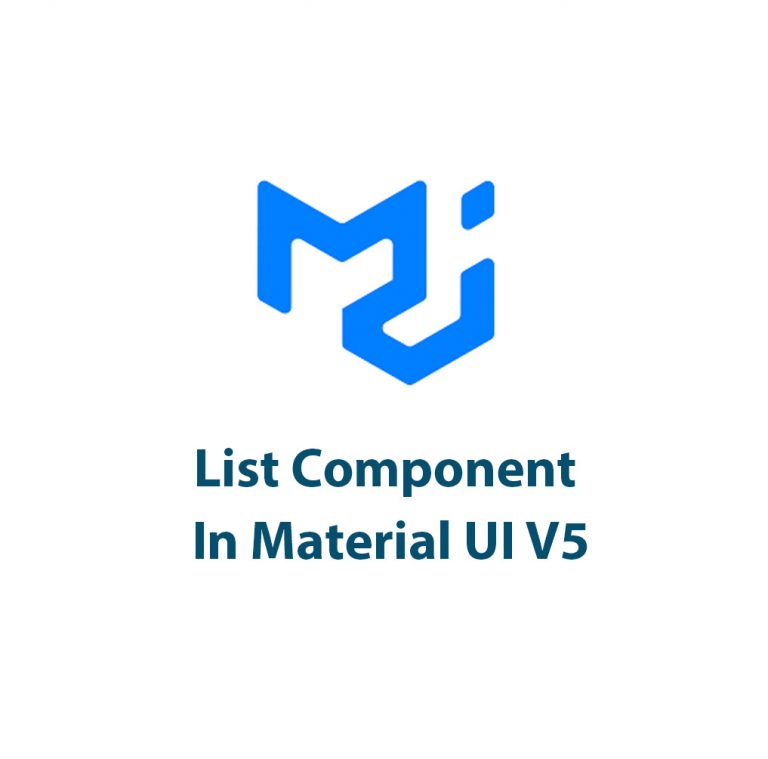
Lists In Material UI V5
Introduction As a UX designer and front-end developer, I’m always on the lookout for tools and libraries that make my job easier. When I first discovered Material UI, I was impressed by how it simplified UI development and improved the consistency of my designs. In this article, I want to focus specifically on lists in […]
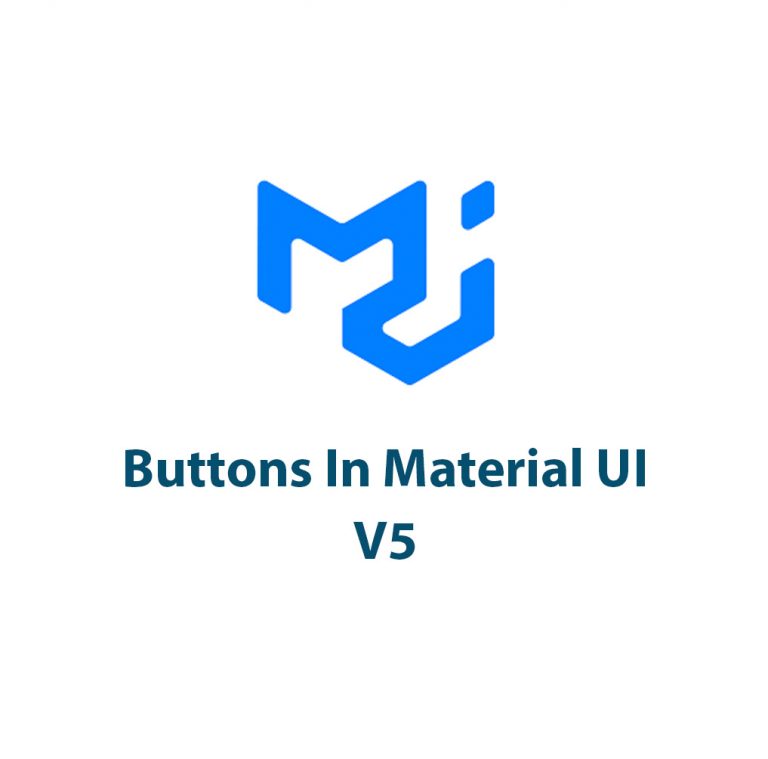
Material UI V5 Buttons
Introduction: If you’re familiar with Material UI, then you already know it is a popular React UI framework. It makes web development easier and faster for developers; this is the reason sites such as Harvard Business Review, Lyft, and Netflix use the framework for their web apps. Material UI v5.0 has recently been released, and […]
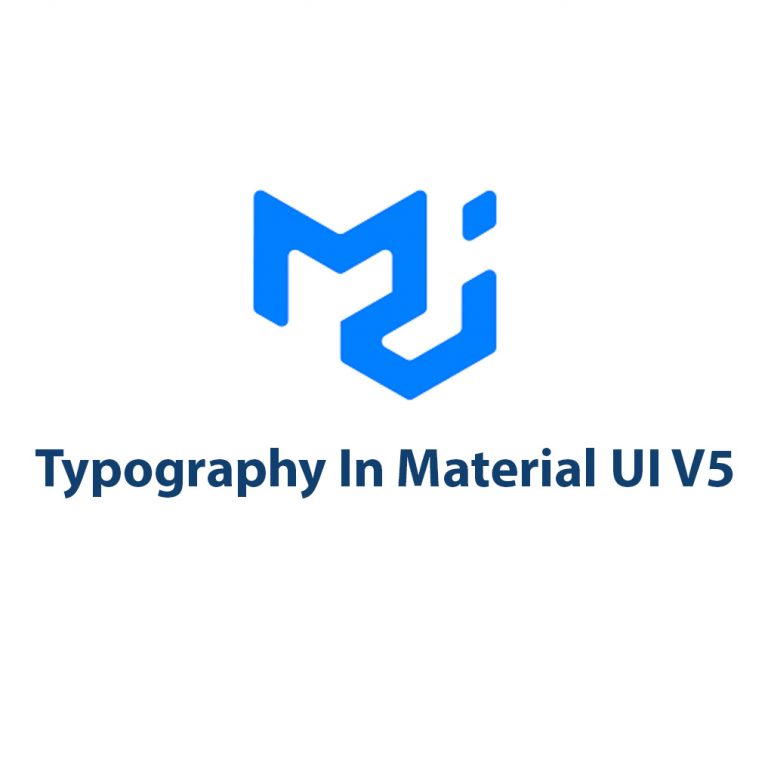
Typography In Material UI V5: A Closer Look
Introduction As a designer and developer, I’ve always been obsessed with typography. There’s something special about the way certain fonts look on a page or screen that can make or break the overall success of a design. As Material UI continues to evolve and improve, the latest version, Material UI V5, offers some exciting changes […]
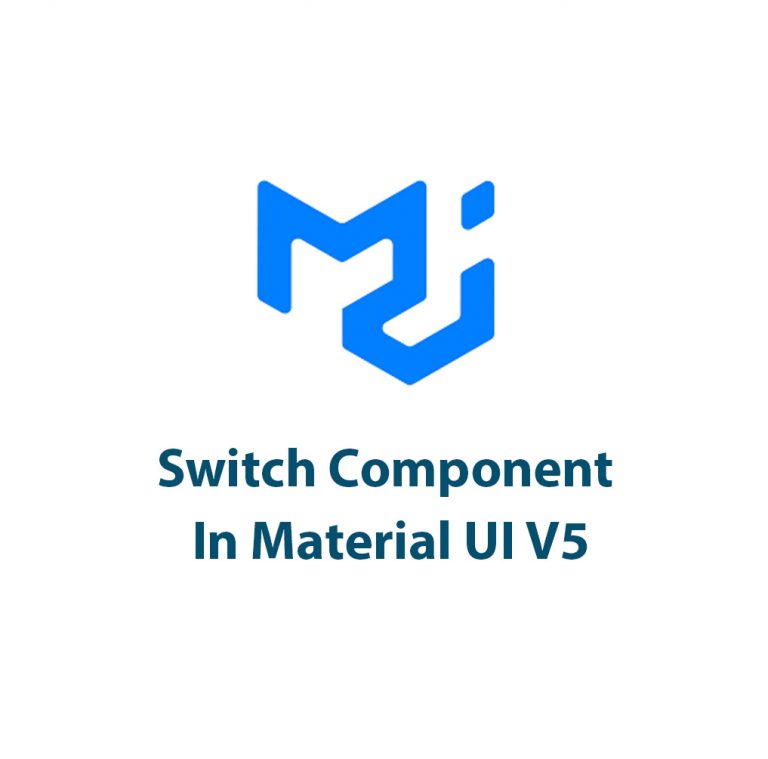
Switch Component In Material UI V5
Hey there, fellow developers! Are you excited about exploring the latest version of Material UI and all the new features it brings? If so, you’ve landed in the right place because today we’re going to dive deep into the Switch Component in Material UI v5. Introduction Before we get into the nitty-gritty of the Switch […]
Icons In Material UI V5
Introduction: Material UI is a popular open-source framework for building web applications. Built on top of React, it provides a set of pre-built and customizable components, including typography, forms, and icons. In Material UI, icons play a crucial role in designing visually appealing interfaces and enabling smooth user experience. With the recent release of Material […]
Avatars In Material UI V5
As a developer, I have always been fascinated by the way avatars enhance the user experience in web applications. They provide a personalized touch and make users feel more connected to the platform. That’s why I was excited to learn that Material UI V5 had revamped their avatar component. In this article, I’ll share my […]

